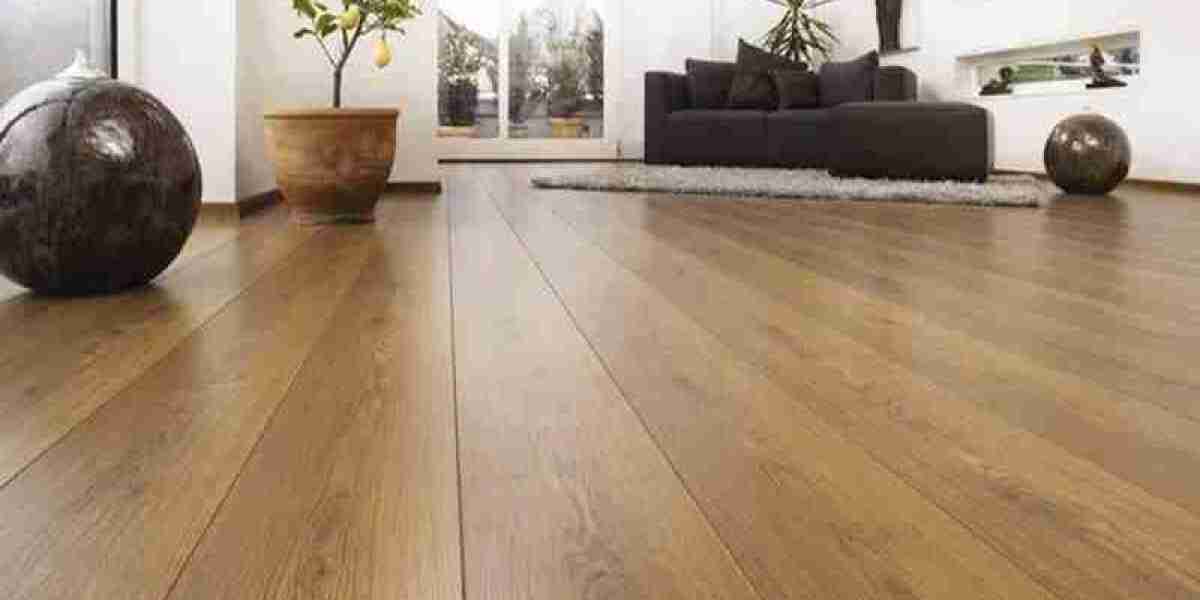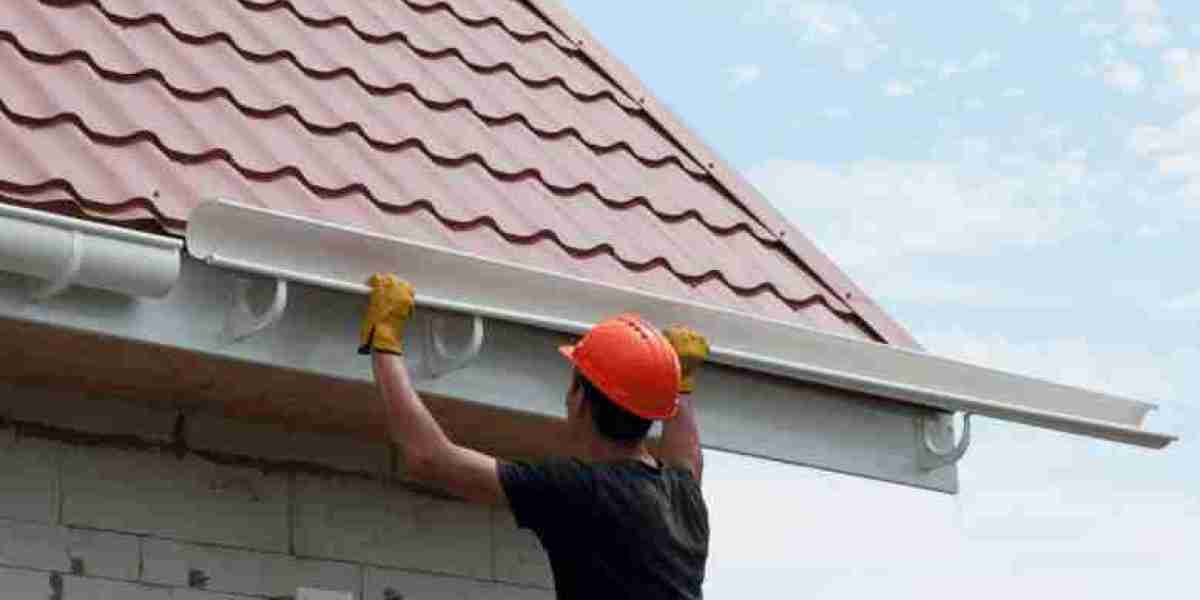The parquet flooring market has experienced steady growth in recent years due to increased demand for aesthetically pleasing, durable, and sustainable flooring solutions. However, despite these positive trends, the industry faces several growth challenges that could hinder its long-term success. These challenges range from supply chain disruptions to competition from alternative flooring options and rising raw material costs. Addressing these issues is essential to ensuring continued expansion in the global parquet flooring market.
1. Rising Raw Material Costs
One of the primary growth challenges in the parquet flooring market is the fluctuation in the cost of raw materials, particularly wood. As timber prices increase due to factors such as deforestation regulations, supply shortages, and increased global demand, the cost of producing parquet flooring rises as well. This, in turn, leads to higher prices for consumers, making it a less attractive option compared to more affordable flooring alternatives like laminate and vinyl.
The rise in raw material costs can also be influenced by environmental policies aimed at promoting sustainable sourcing. While these regulations are important, they can also limit the availability of certain wood types, which further drives up costs. Manufacturers must explore alternative materials, like bamboo and engineered wood, to manage costs and maintain market competitiveness.
2. High Installation Costs
Another challenge faced by the parquet flooring market is the high cost of installation. Parquet floors, especially those with intricate patterns such as herringbone and chevron, require skilled labor for installation. The precision required for these designs, combined with the labor-intensive process, results in high installation costs compared to simpler flooring options like vinyl or laminate.
This high upfront cost can be a deterrent for potential customers, particularly those on a tight budget. Although parquet flooring offers long-term durability and aesthetic appeal, the initial expense may discourage some consumers from choosing it over less expensive alternatives that are easier and cheaper to install.
3. Competition from Alternative Flooring Materials
The parquet flooring market faces fierce competition from other types of flooring materials, particularly laminate, vinyl, and engineered wood. These alternatives offer similar aesthetic appeal and durability, often at a much lower price point. In addition to the lower initial cost, these flooring options are also easier to install and maintain, which makes them attractive to a wide range of consumers.
Laminate and vinyl, in particular, have made significant strides in mimicking the look of natural wood, reducing the demand for traditional hardwood parquet. As a result, manufacturers must find ways to differentiate parquet flooring through unique designs, better quality, and additional value to appeal to price-sensitive customers.
4. Supply Chain Disruptions
Global supply chains have faced significant disruptions in recent years, largely due to the COVID-19 pandemic, geopolitical tensions, and raw material shortages. For the parquet flooring industry, these disruptions have affected both the procurement of raw materials and the distribution of finished products. With delays in manufacturing and shipping, companies have struggled to meet consumer demand, which can result in lost sales and an inability to fully capitalize on market opportunities.
Increased transportation costs and trade restrictions also add to the financial strain on businesses, making it more challenging for companies to maintain profit margins while offering competitive pricing. Managing supply chain risks and developing alternative sourcing strategies are crucial for manufacturers looking to ensure consistent production and delivery.
5. Environmental Sustainability Concerns
As environmental awareness grows, consumers and businesses alike are increasingly concerned with the environmental impact of their purchasing decisions. Parquet flooring, while made from natural materials, faces scrutiny due to concerns about deforestation and unsustainable sourcing practices. Manufacturers must navigate these concerns by ensuring that their raw materials are sustainably sourced and that they adhere to eco-friendly practices in production and packaging.
The rise in consumer demand for sustainable products presents both an opportunity and a challenge. Parquet flooring manufacturers must invest in sustainable forestry practices, seek certifications like FSC (Forest Stewardship Council), and explore alternative materials such as bamboo or reclaimed wood. While these options can help address environmental concerns, they may also increase production costs.
6. Lack of Consumer Awareness
Despite its many benefits, parquet flooring may not be as widely recognized or understood by consumers as other flooring options. Many potential customers may not be aware of the long-term durability, aesthetic versatility, and value that parquet flooring provides. This lack of awareness may lead consumers to opt for cheaper, more familiar flooring solutions.
To overcome this challenge, manufacturers and retailers must invest in educational marketing campaigns that highlight the benefits of parquet flooring. Demonstrating its versatility, sustainability, and ease of maintenance can help shift consumer perception and increase demand. Additionally, providing clear maintenance instructions and care tips can alleviate concerns about the upkeep of parquet flooring.
7. Technological Limitations in Production
Although technological advancements in the flooring industry have led to improvements in production efficiency, certain limitations still exist in the manufacturing of parquet flooring. The intricate designs and precise cutting required for high-quality parquet floors can be challenging to produce without the right technology. As a result, smaller manufacturers may struggle to keep up with large-scale production demands, which can limit market competition. Adopting advanced technologies like automated cutting machines and digital printing for customized designs could help overcome this challenge. However, investing in these technologies requires significant capital, and smaller companies may find it difficult to compete with larger, more established players in the industry.
In conclusion, the parquet flooring market is facing a variety of growth challenges that could potentially hinder its expansion. Rising raw material costs, high installation prices, competition from alternative flooring options, and supply chain disruptions all pose significant obstacles. However, with careful strategic planning and investments in sustainability, technology, and consumer education, manufacturers can overcome these barriers and capitalize on the market's full potential.




